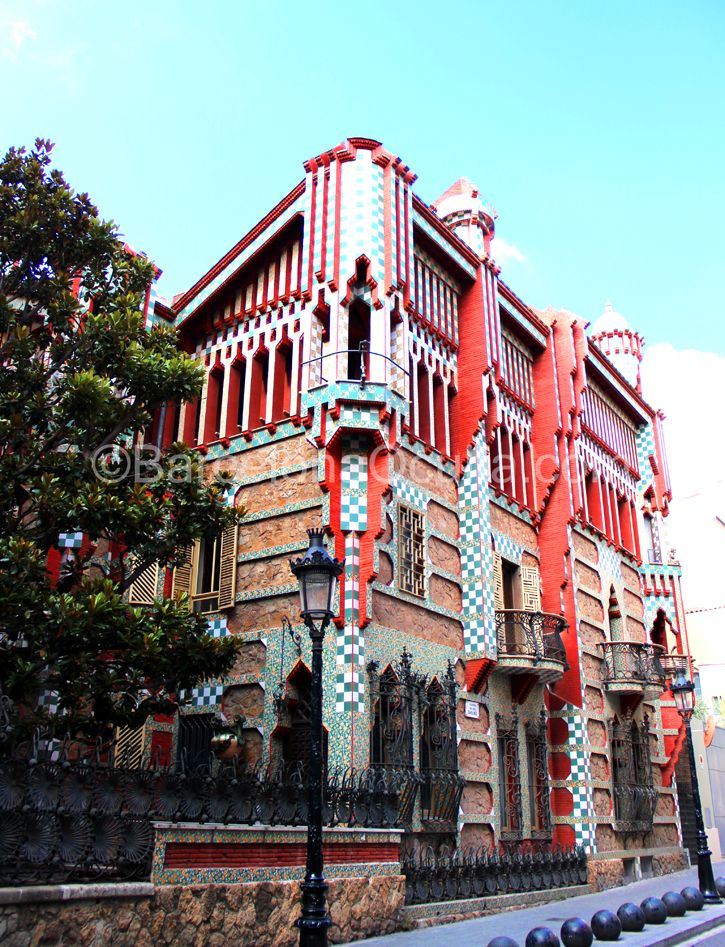Tours
 BARCELONA Tours in English, Spanish, Russian, French, Portuguese, German & Italian. Recommended by tripadvisor
BARCELONA Tours in English, Spanish, Russian, French, Portuguese, German & Italian. Recommended by tripadvisor
-Google_images.jpg)
The great second Principle of Correspondence of the Kybalion "As above, so below", and as we commonly hear in the West "As Earth, so in heaven", in the history of mankind has been apparently remaining in force in a way hidden to profane eyes. Various cultures have tried to reflect the reality that was or is in heaven, on the Earth and in geography: from ancient Egypt, where the majestic pyramids are aligned with the belt of Orion, to ancient cultures such as China that refers to the constellation of Ursa Major in the Confucius Temple (in the Lingxing Gate, whose name comes from this constellation, and symbolizing Confucius as a celestial star), at Shandong province. More recently Francisca Martín-Cano Abreu’s theory illustrates us with his studies of the Templar Geo-astronomy that the Templars have had their enclaves in the Iberian Peninsula in a way that these sites represent the position of various stars and major constellations in the sky.
Want to know more? book our tours Barcelona Express or Barcelona by bike.
Some other authors, such as, for example, Javier Sierra in his book ‘The Templar Gates’ ('Las Puertas Templarias', 2014) write that the main cathedrals of France, built mostly, if not in its entirety, by the Knights Templar, being marked on a map would form the constellation of Virgo. As well as other scholars of this order reveal other locations of sacred sites in geographically distant, previously selected places that form other constellations. Thanks to novel 'The key Gaudí' (La Clau Gaudi) of Esteban Martín and Andreu Carranza we can come up with an interesting theory that the main architectural master Gaudí's works, including this 7:
1. Palau Güell

2. Casa Batlló

3. La Pedrera

4. Casa Vicens

5. Park Güell

6. Casa Calvet

These places viewed from the height on a map, form the constellation of Ursa Major.
The writer Javier Sierra in the same book mentioned above, refers to a theme that is very little spoken about and about which information does not abound, which is that of the Seven Towers of Devil. In a couple of blogs on the Internet, these seven Towers of Devil are mentioned in Italian; but Rene Guenon already knew of their existence. The seven Towers of Devil also form the constellation of Ursa Major, but they would be much further one from the other, and according to the texts each tower is guarded by some priests that belong to, let’s say, a secret society that in this case would be a center of anti-Initiation (which goes against tradition, the Initiation, opposing forces). Guenon spoke of these centers a few years ago. This is a very interesting but sparse subject. These 7 towers would be located at the following locations: 1. Mount Nuba (Sudan), 2. Niger, 3. Syria, 4. Iraq, 5. the Turkestan zone 6. Meadow of the River Ob (Siberia, Russia) 7. Belvy Island (Kara Sea, Russia). For those who love movies, a reader of the http://mahatmaa.wordpress.com blog recommends one to try to find out more regarding these towers: “Sahara”, and there are some more.
Let`s now draw our attention to a text of the Greek historian Plutarch, that states that for the ancient Egyptians association of Ursa Major with the Egyptian gods Set-Typhoon was complete, so to say a negative influence, being its inverted symbolic interpretation, as Egyptian assimilation is one of the features of the ‘counter-initiation’, a deformation and corruption of the genuine Orthodox traditions, as for example location of major cathedrals. So that we should not see in a possible representation of Gaudí and the constellation of Ursa Major anything but based on an authentic tradition, and the heavenly and benefic aspects of Ursa Major constellation assimilated to the 7 stars mentioned in the Apocalypse of St. John.
As the 7 stars of Ursa Major are mentioned in the Apocalypse of St.John, and for Gaudí Ursa Major was a major and a discreet concern because probably his works formed its figure, a curious fact of Gaud’s biography calls attention. When the architect tragically dies, some texts from the very same Apocalipsis of St.John were found in his pockets along with a handful of nuts.
“The key Gaudí” novel by Esteban Martín and Andreu Carranza lets us to go deeper into this mystery, and leaves the theory about his 7 principal works forming the constellation of Ursa Major open, particularly, and that the geo-astronomical references had already been discovered by other scholars as on the Iberian Peninsula as in other cultures and countries of the world, constructions made my Knights Temple, stonemasons of the Neolithic age and others, but that in some way had had information from out of the horse`s mouth about Sacred Geometry, Sacred architecture, measurement of the golden sections, high level astronomy that had enlightened them to such extent that they could reach such majesty of their constructions and details.
